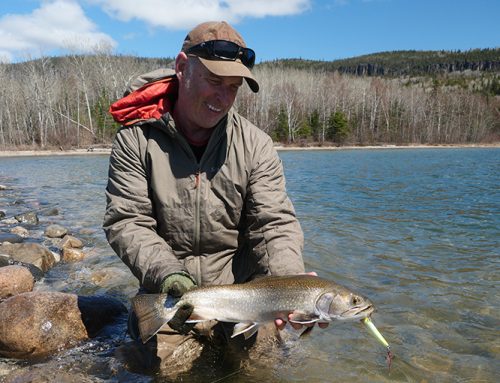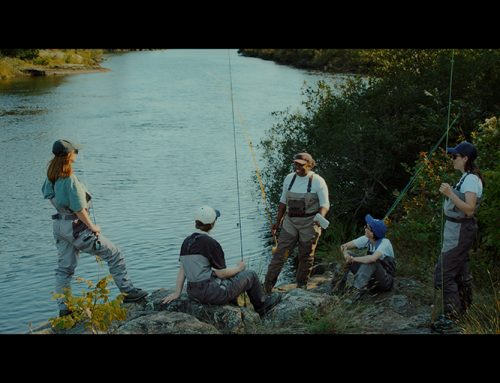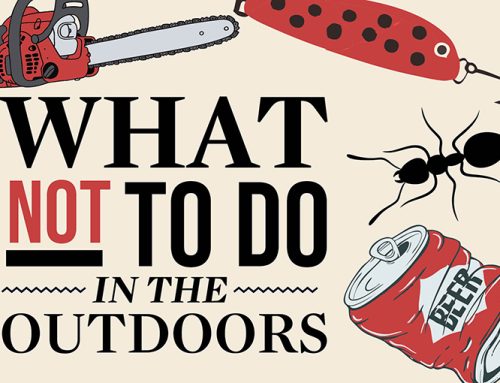
Every fall, Great Lakes chinook salmon make improbable journeys as part of a quest to do one thing: pass their genes on to a future generation that will eventually take on the same challenge. This is only part of the magic behind these fish. Another is the work of volunteers who raise supplemental fish that are introduced to various ports through what are known as pen projects.
How salmon pen projects work
Pen projects are a collaboration between community hatcheries, Ministry of Natural Resources and Forestry biologists, and volunteers who share the goal of improving the quality of the fishery and supporting fisheries management goals. Every April, volunteers from around Lake Ontario muster to install floating net pens in harbours, marinas, and creeks, ready to receive tiny chinook salmon fry that they nurture over the following four to six weeks. Fry, which typically weigh between two and three grams, are the result of volunteer-heavy fall egg collections from the Ganaraska and Credit rivers, and intensive work by hatchery staff.
The idea of rearing fry in pens was first championed in Ontario by Al Van Dusen, with the goal of improving both the survivability of tiny fry, and to encourage fish to imprint to the area they were penned, making them more likely to return at maturity. When Pacific salmon were first introduced to the Great Lakes, salmon fry were exclusively stocked directly from hatcheries into the vast and dangerous open lakes. Researchers estimate that chinook raised in pens have a better survival rate — approximately two to one — than fish stocked directly from a hatchery, likely because of their larger size and greater feeding ability.
In areas like Lake Ontario’s south shore, successful imprinting is the most desired outcome of pens, as fish running up the Welland canal, various harbours, and the Niagara River stand little chance of succeeding in spawning efforts. Supplementing these areas with penned fish aims to help support fall fisheries when salmon return.
Not as easy as it sounds
Creating a pen project isn’t as simple as building pens and asking for fish, though. For starters, pen sites need to allow fry to feed actively when water temperatures rise, without running out of oxygen or getting too warm (above 18˚C).
When it comes to food, volunteers are responsible for filling automatic feeders that trickle specialized salmon pellets into the pens. Pens hold between 5,000 and 15,000 salmon each, so automatic systems measuring dissolved oxygen and temperature, along with daily pen cleaning done by volunteers, is critical to ensuring entire pens don’t die off.
As an introduced fish to Ontario, the relationship between chinook salmon and anglers and fisheries managers has always been described as complex. Lately, this has only become more evident. With complicated fisheries management and biological considerations at hand, there are truly more questions than answers as to exactly what the future of chinook holds in Lake Ontario.
However, if the level of enthusiasm volunteers and anglers have for chinook matches this species’ perseverance to survive, I believe we will see an exciting fishery for Lake Ontario chinook for years to come, thanks to pen project volunteers.
Interested in getting involved locally? There are many hatchery initiatives around the Great Lakes.
Originally published in the July 2023 issue of Ontario OUT of DOORS
Visit www.communityhatcheries.com to learn more






I was unaware of this pen rearing, wonderful concept and an excellent informative article by Lyle Gayder.
I would like to see more game wardens on the rivers when salmon are in the river because of people catching moose than they are aloud or snagged fish or fishing with out a fishing license in the Bowmanville river